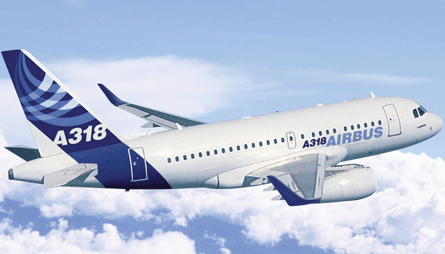Airbus has confirmed that A318s will be offered from 2013 with fuel-saving sharklets wing tips.
The A318 will be the last model in the A320 family to receive the sharklet, which will first enter service on the A320 in 2012 with Air New Zealand, followed by Finnair's A321s in 2013, with the A319 and lastly the A318 that same year.
The optional sharklets will boost the fully loaded range of the A318 to 5,930km (3,200nm) - an increase of 185km over today's A318 - with 107 seats in a two-class configuration.
 |
|---|
When it first announced the option for A320 sharklets at the Dubai air show in November 2009, Airbus was unclear on the prospect of fitting the fuel-saving wing attachments to the A318, instead giving the A320, A321 and A319 priority.
The confirmation of the availability of sharklets for the A318 positions the aircraft against Bombardier's 110-seat CS100 aircraft, as Airbus stresses existing fleet commonality to blunt the rise of the Canadian airframer's narrowbody, which is set to enter service in 2013.
The A318 accounts for the smallest share of the A320 family fleet with just 72 in service today, although the aircraft has found itself in a niche position for some carriers.
British Airways operates a pair of 32-seat all-business class A318s from London City to John F Kennedy International in New York, with a westbound fuel stop in Shannon, Ireland for fuel and immigration pre-clearance. The return leg from New York is flown directly.
While it is not yet clear that the additional fuel stop could be eliminated with the 2.4m (8ft)-tall sharklets, which Airbus claims will improve climb performance and reduce fuel burn by 3.5% over the longest segments, the airframer says a "proper study would need to be done for each particular mission", referring to the transatlantic service offered by British Airways.
Airbus adds that while the great circle distance between London and New York is 5,573km, within today's A318 range, the high obstacle constrained nature of London City requires a "lighter than needed" payload to match the correct take-off profile.
Source: Flight International
















